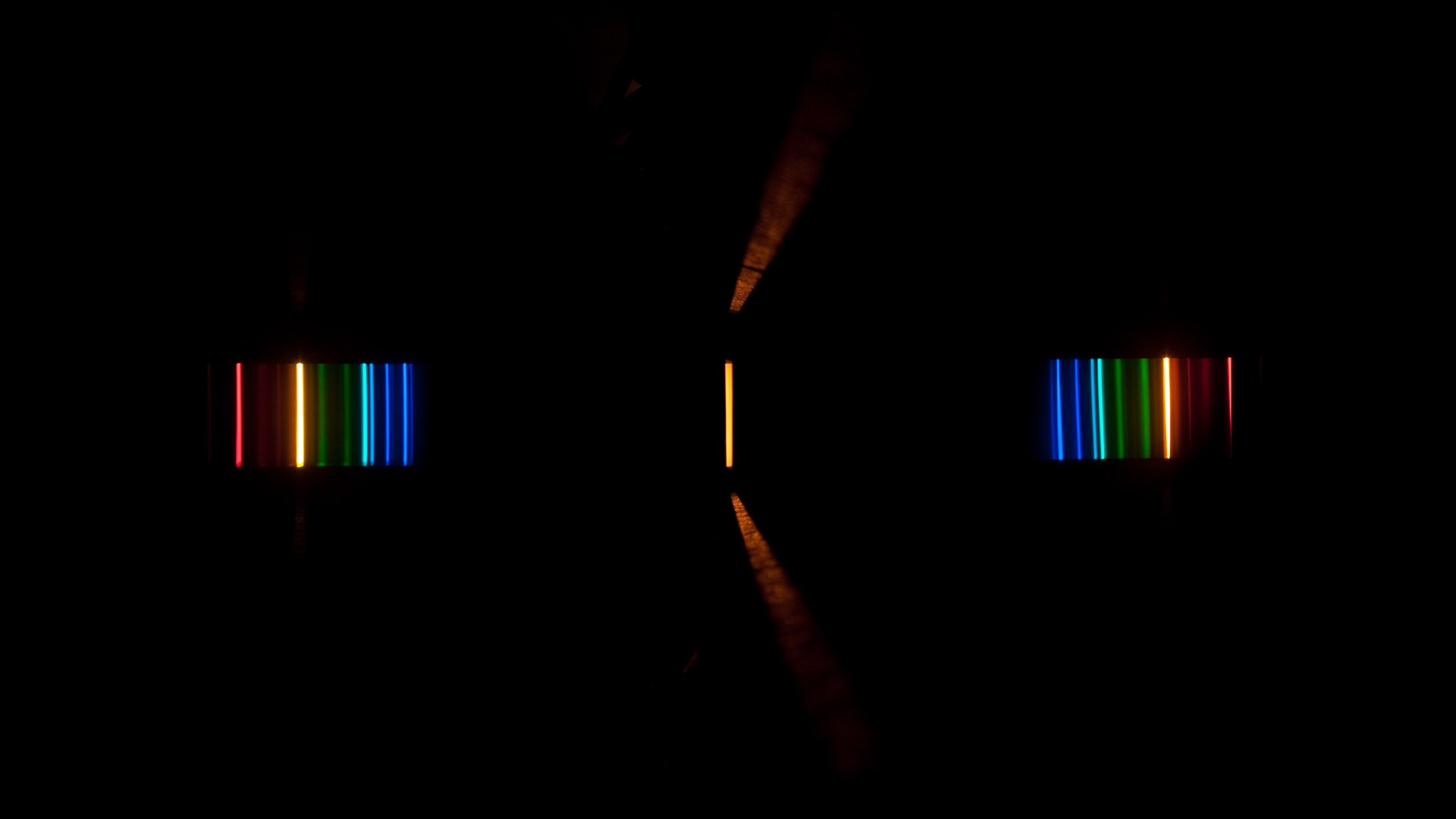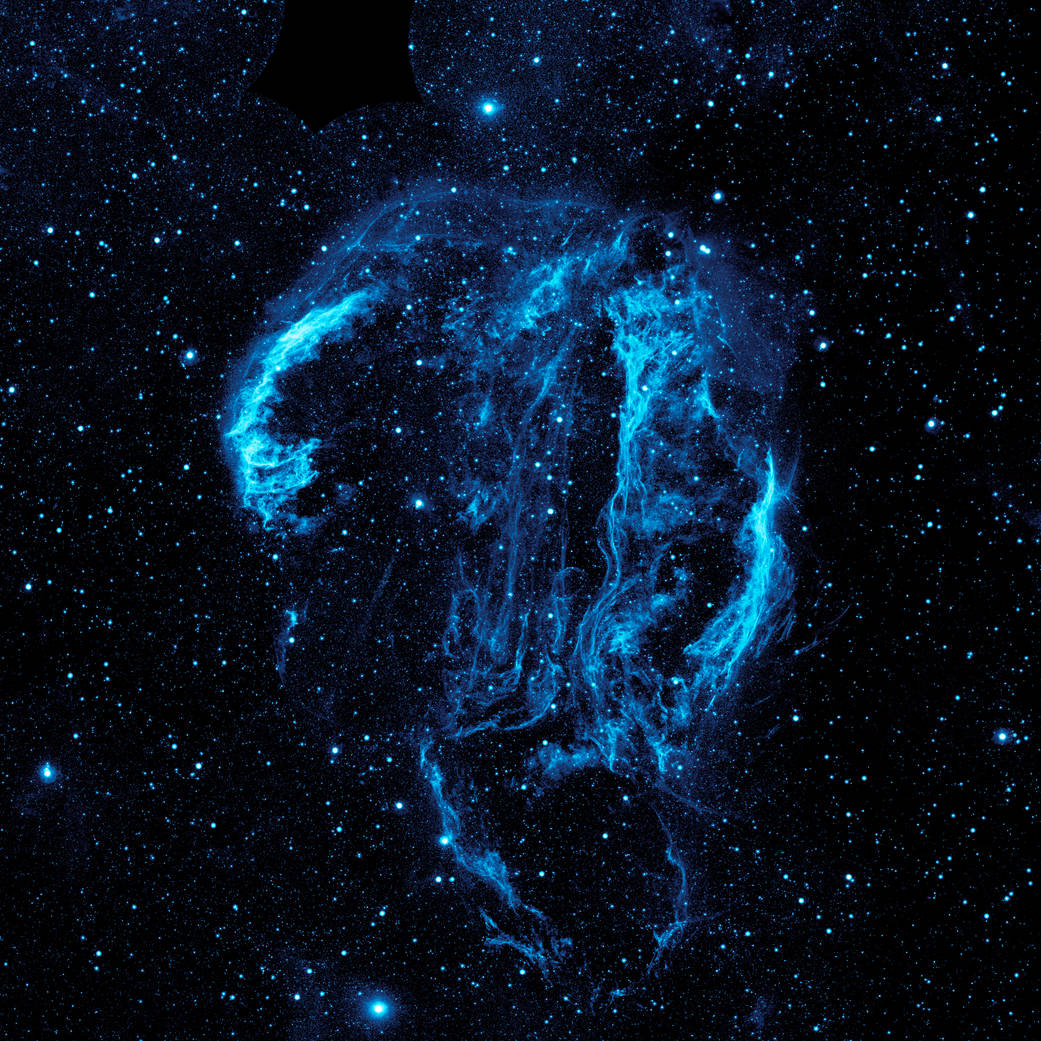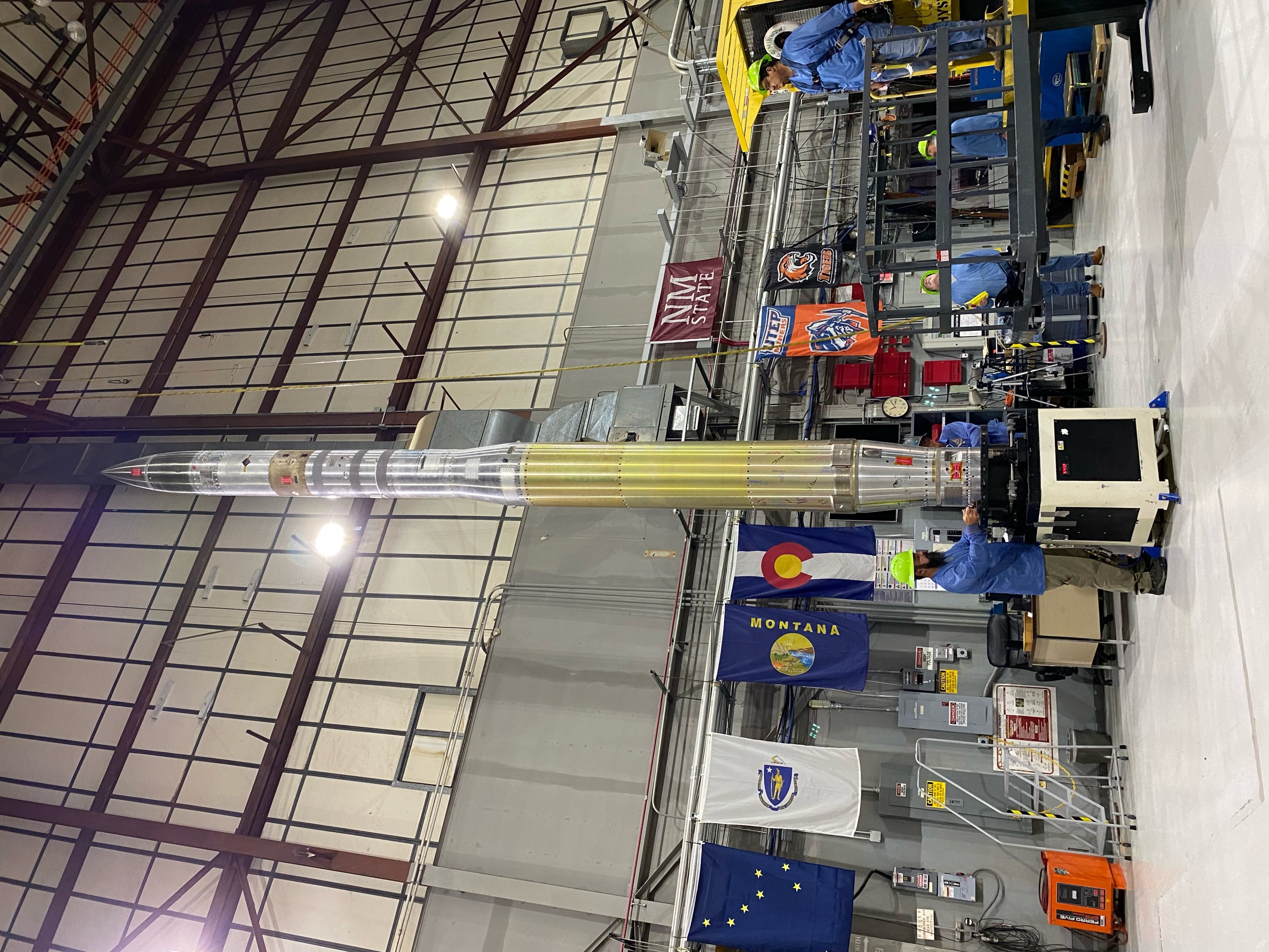UPDATE Sep. 26, 2022 – The Rocket for Extended-source X-ray Spectroscopy, or tREXS, mission was launched at 12:10 a.m. EDT, Sep. 26, 2022 (10:10 p.m. MDT, Sep. 25) from the White Sands Missile Range in New Mexico. The Black Brant IX suborbital sounding rocket carried the tREXS payload to an altitude of 156 miles (252.2 kilometers) before descending by parachute. Recovery operations are in progress. The science team is awaiting payload recovery to determine the experiment’s performance and analyze data.
A new X-ray instrument will scan an exploded star while testing technology for future NASA missions.
The instrument, called the Rockets for Extended-Source X-ray Spectroscopy, or tREXS, is taking its first flight aboard a NASA sounding rocket. Once in space, it will set its sights on the remains of a star that erupted some 5,000 years ago, uncovering new details about the elements it left behind. The tREXS mission is set to launch from the White Sands Missile Range in New Mexico at 9:30 p.m. MDT on Sept. 25, 2022.
X-rays are light that is too energetic for us to see – but they are everywhere in space. They flash during solar flares, our Sun’s most powerful eruptions. They radiate from distant supernovae, or explosive stellar deaths. In fact, the entire night sky glows with X-rays emitted by the hot gases surrounding our solar system and neighboring stars.
These X-rays hold many secrets about our universe, but teasing that information out takes specialized tools. Like visible light, X-rays come in a range of wavelengths, or colors, and each wavelength tells its own story. To uncover that story, scientists split X-ray light into its spectrum, or component wavelengths. As an X-ray spectrometer, that’s exactly what tREXS is designed to do. But it has two special features that set it apart from other spectrometers.
First is its precision. When light enters a spectrometer, it bounces off a diffraction grating. The diffraction grating is what splits the light apart: different wavelengths bounce off at slightly different angles, spreading out into a spectrum.
The gratings on tREXS were built molecule-by-molecule in a nanofabrication lab at the Pennsylvania State University in University Park. These gratings can separate wavelengths extremely precisely.
“The gratings are kind of our pride and joy,” said Dr. Randall L. McEntaffer. McEntaffer is a professor of Astronomy and Astrophysics at Penn State and the principal investigator for tREXS.
Second, tREXS uses a new technique, which McEntaffer playfully calls their “light bucket.”
Most spectrometers capture light through a narrow slit. This slit allows a “bar” of light to shine onto the diffraction grating. The diffraction grating spreads that bar out into a rainbow-like spectrum.

A narrow slit gives the instrument higher resolution, but it limits the light that gets through. That’s a problem if you want to study faint sources of X-rays that are not a single point on the sky but are extended, or diffuse, which McEntaffer does.
The trick tREXS employs is to use 250 distinct slits. Each slit captures light from adjacent parts of the sky, but they focus them all to the same narrow bar of light. This combined light – which McEntaffer refers to as their “light bucket” – keeps many advantages of a narrow-slit design. But it gives them much more light to work with.
“Your sensitivity depends on how much light you collect,” McEntaffer said. “So we collect more light by making a larger light bucket and covering much more area on the sky.”
For the upcoming flight, tREXS will launch on a sounding rocket, which make brief trips to space before falling back to Earth some 20-30 minutes later. Once above the atmosphere, tREXS will set its sights on the Cygnus Loop, a supernova remnant and source of diffuse X-rays in the constellation Cygnus. They will have about 4 minutes and 40 seconds of observing time before descending back to Earth for recovery.

With a successful flight, the team hopes to adapt the instrument to later study the diffuse X-ray background. This ambient X-ray light illuminates the entire night sky. It emanates from the Local Bubble, the low-density region of our galaxy home to our Sun and nearest stellar neighbors.
“I mean we’re living in a bubble of hot gas, and we really don’t understand its characteristics,” McEntaffer said. “That’s the ultimate goal – but we’re doing interesting science on the way to it.”
McEntaffer’s group at Penn State designed, fabricated, and prepared tREXS for flight, with major contributions from James Tutt, Drew Miles, and Ross McCurdy. NASA’s Sounding Rocket Program is conducted at the agency’s Wallops Flight Facility at Wallops Island, Virginia, which is managed by NASA’s Goddard Space Flight Center in Greenbelt, Maryland. NASA’s Heliophysics Division manages the sounding rocket program for the agency. The development of the tREXS payload was supported by NASA’s Astrophysics Division.



























